Material is flexible, cheap, and easy to produce.
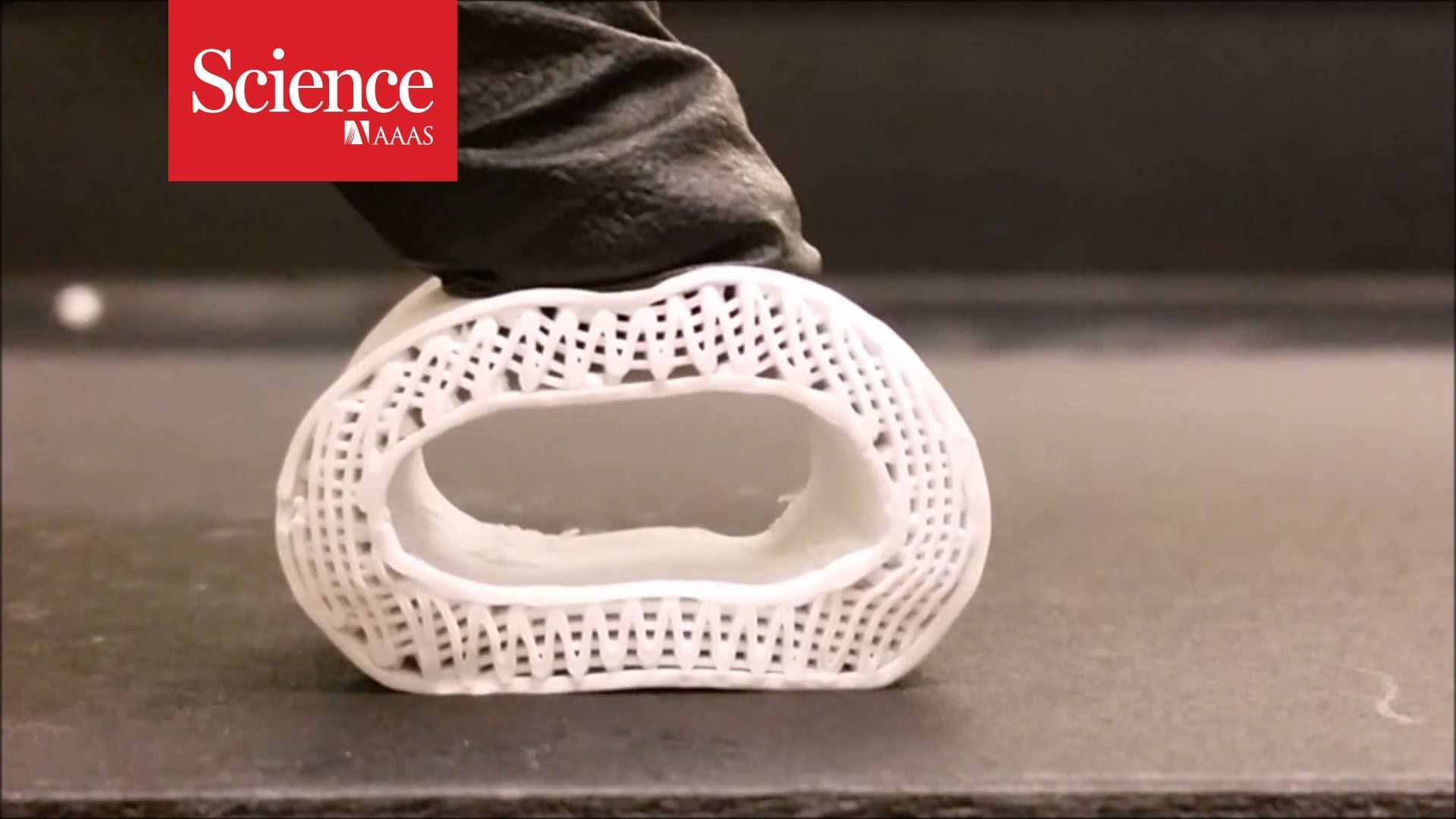


Two years ago, Studio Roosegaarde created a glow-in-the-dark bike path in Eindhoven, Netherlands, helping to light the route in a exciting way. Inspired by that, a materials technology center in Lidzbark Warminski, Poland, has followed suit, with equally dazzling results.
The materials tech center, TPA Gesellschaft für Qualitätssicherung und Innovation (TPAQI), tells New Atlas that it first drew attention to the Eindhoven bike path at a local road forum event. The underlying concept was floated as a potential option for creating something that would reflect the beauty of the surrounding landscape.
Work began about a year ago, with lab tests into how the glowing effect would be created. A variety of different materials and colors were tested, with the aim of creating something that would both look great and that would increase safety for cyclists and pedestrians.
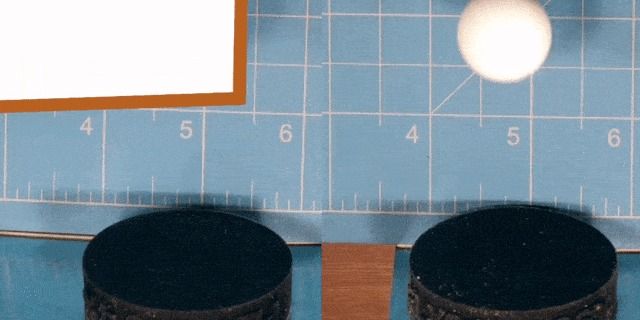
The technique involves embedding different levels of solid and liquid in order to customize the elasticity. Adding more liquid makes the material softer and more elastic. This technique allows the printer to exactly customize the elasticity of the print, and even of different areas within the print.
These programmable materials can help reduce wear and tear on moving parts by damping shocks and reducing vibrations. They can also help make robots easier to control by making movements more precise. This method could even have other applications such as in shock-absorbing running shoes and headgear.
Source: MIT News
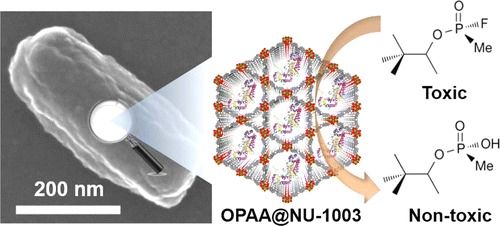
Nerve agents are molecular weapons that invade the body and sabotage part of the nervous system, causing horrific symptoms and sometimes death within minutes. Few antidotes exist, and those that do must be administered soon after an attack. But now scientists report in the journal ACS Nano an early-stage development of a potential treatment that soldiers or others could take before such agents are unleashed.
One particular antidote, an enzyme called organophosphorus acid anhydrolase (OPAA), has attracted attention recently for its ability to break down nerve agents. But the body’s immune system gets rid of it quickly. Packaging the enzyme in liposome nanocarriers gives the antidote greater staying power, but handling and storing the liposomes is complicated. So Omar K. Farha and colleagues wanted to make a potentially simpler carrier.
For a material, the researchers turned to porous metal-organic frameworks (MOFs), a class of hybrid materials made of metallic ions and organic ligands that are easy to store and handle at room temperature. They used a zirconium-based MOF and loaded it with the antidote. Testing showed the MOF-encapsulated enzyme was even more effective at breaking down the nerve agent simulant diisopropyl fluorophosphate and the nerve agent soman than the antidote by itself.
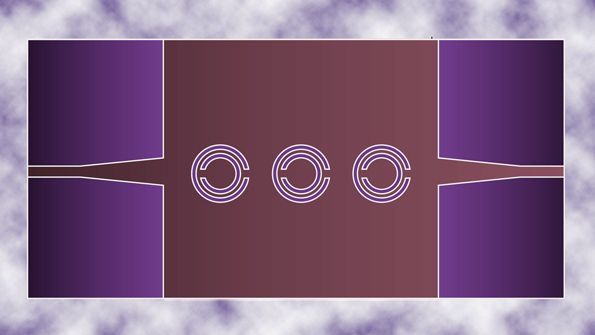
Nice read.
When square CSRR cells were cascaded (Fig. 12), a compact SIW circuit was achieved with bandpass response, with low return and insertion losses from 7.2 to 10.0 GHz. This compact bandpass filter has dimensions of 34 × 18 mm2 and is formed from three cascaded CSRR cells. It was simulated from 4 to 10 GHz with simulated results of −33.1-dB minimum return loss and 0.3-DB insertion loss at 8.8 GHz (Fig. 13).
The miniature CSRR-loaded SIW bandpass filter shows reasonable insertion and return losses from 7.2 to 9.8 GHz. This technology, of fabricating CSRR cells with SIW transmission lines on low-loss microwave substrate materials, shows great promise for the creation of compact bandpass filters at microwave frequencies.
Dr. Benmostefa Naima, Researcher

The new Belarusian-Russian R&D center for laser technologies is supposed to open in Minsk. The center will take care of the most important and new practical applications of laser technologies, said Sergei Bagayev. The scope of research will vary from agricultural applications to using lasers for the advanced processing of oil products to get modern materials.

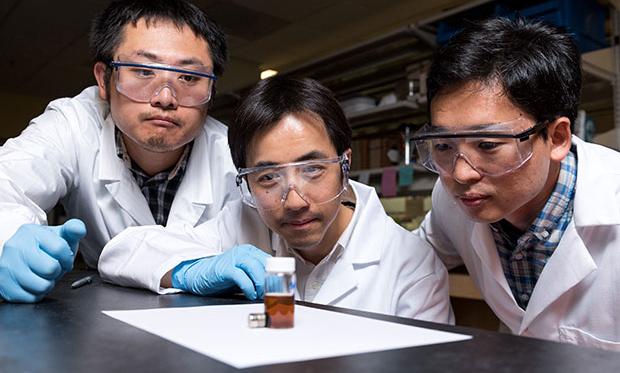

Awesome @ my friends at ORNL! Luv it and expect much success too.
No one knows what the next, best way to build electronic circuits will be. That said there’s no shortage of efforts to invent something beyond current lithography. Oak Ridge National Laboratory, perhaps not surprisingly, is in the thick of the race and two recent studies from ORNL researchers showcase promising but very different approaches.
One method suggests phase change in a single complex oxide material may allow “creating” circuit elements much smaller than in today’s CMOS process while a second study puts STEM (scanning transmission electron microscopy) to work directly writing tiny patterns in metallic “ink,” forming features in liquid that are finer than half the width of a human hair. Articles describing both are posted on the ORNL web site.
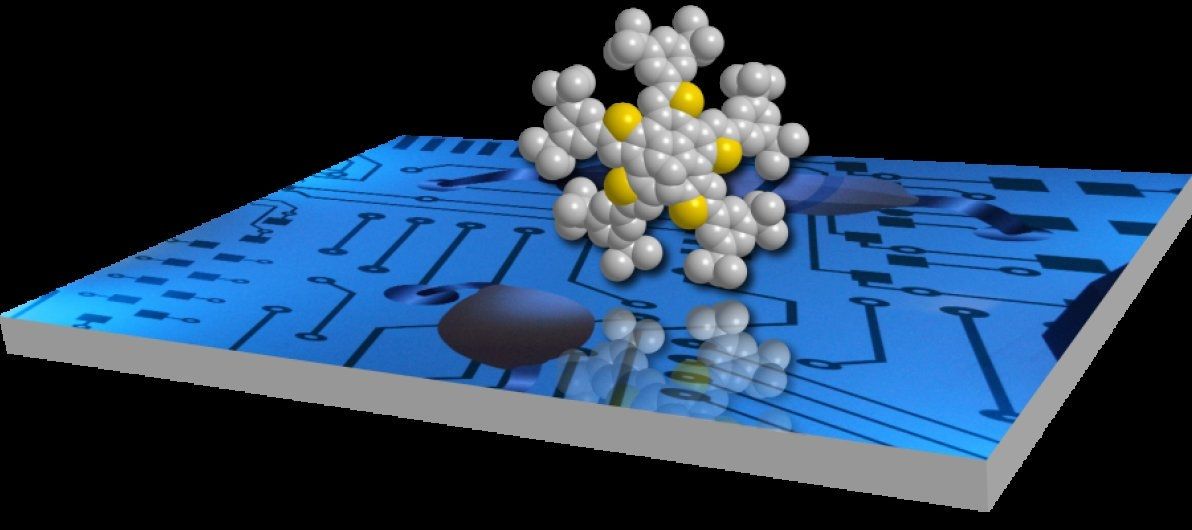
Advancing efforts around Synthetic Bio into the semiconductor space.
“We hope that ongoing advances in our method may lead to the development of new organic electronic devices, including semiconductor and luminescent materials,” say Segawa and Itam.
Thiophene-fused polycyclic aromatic hydrocarbons (PAHs) are known to be useful as organic semiconductors due to their high charge transport properties. Scientists have developed a short route to form various thiophene-fused PAHs by simply heating mono-functionalized PAHs with sulfur. This new method is expected to contribute towards the efficient development of novel thiophene-based electronic materials.